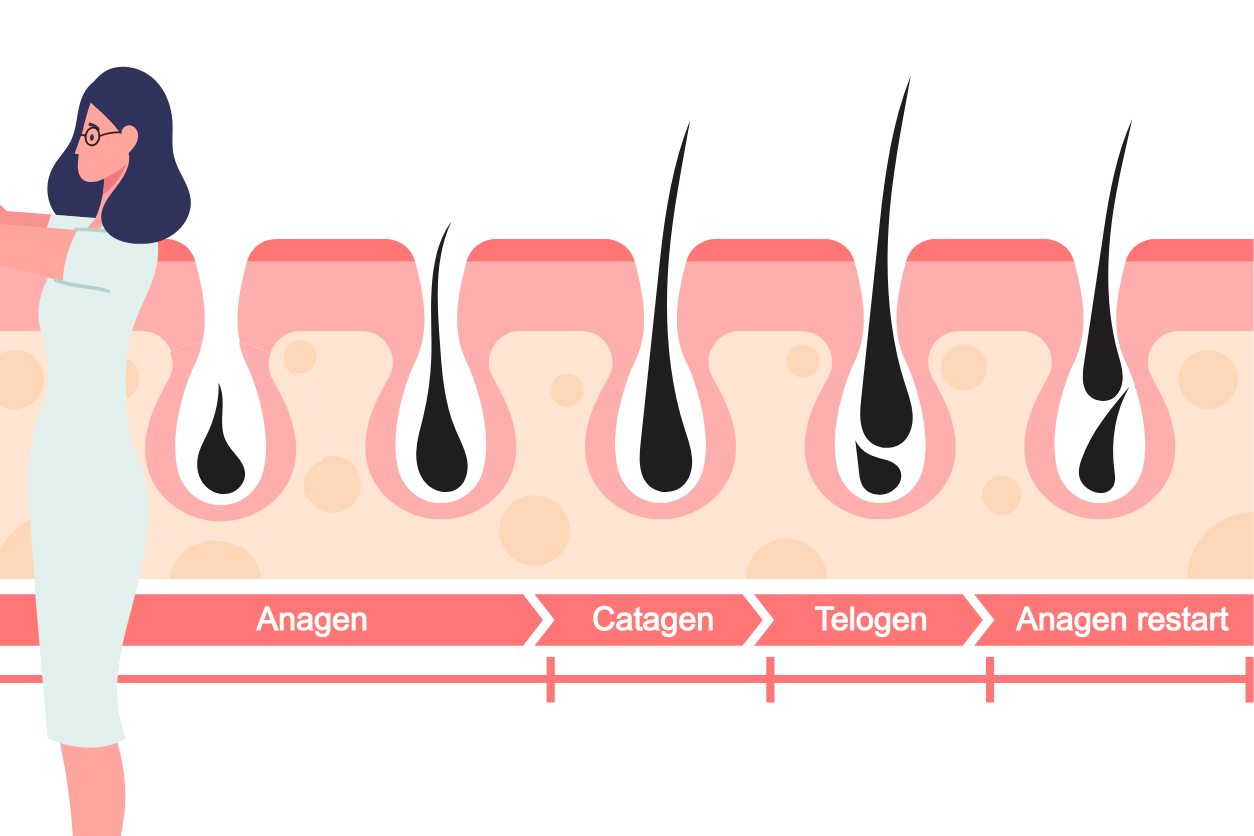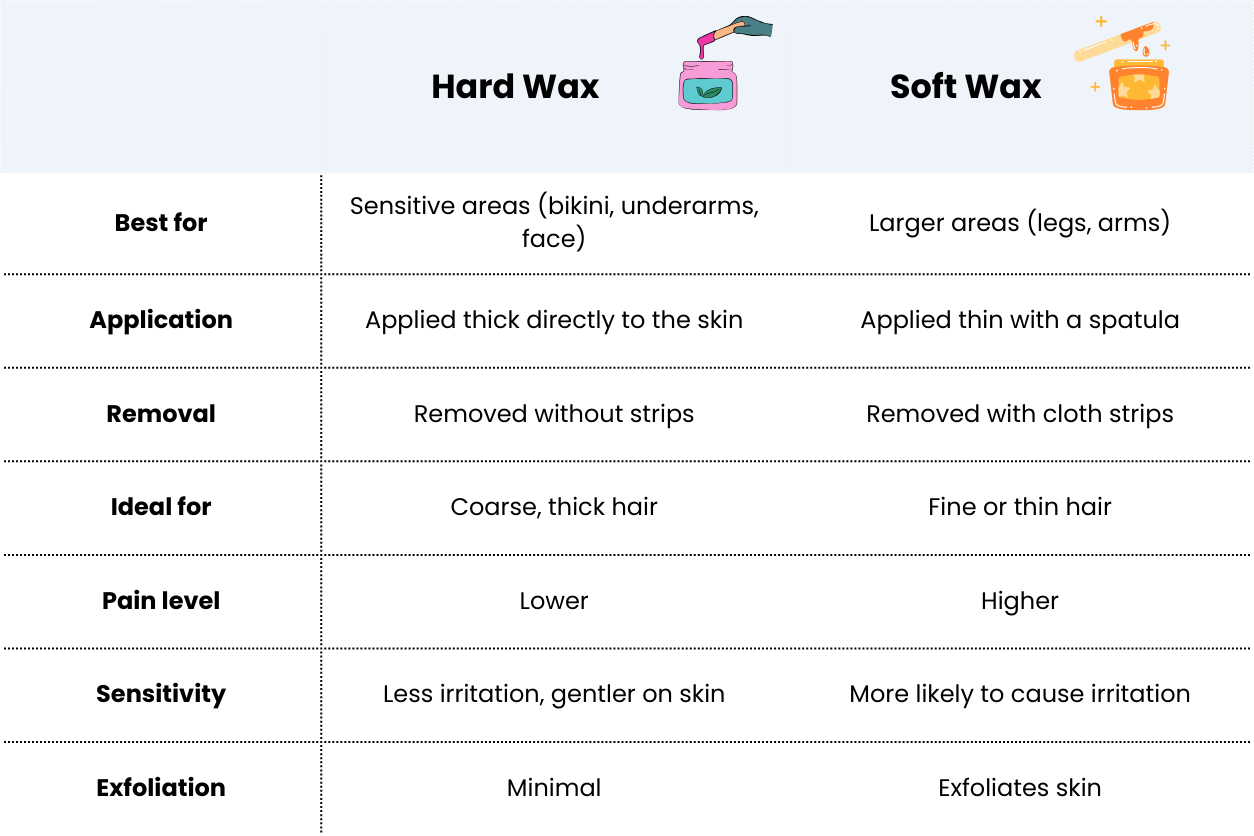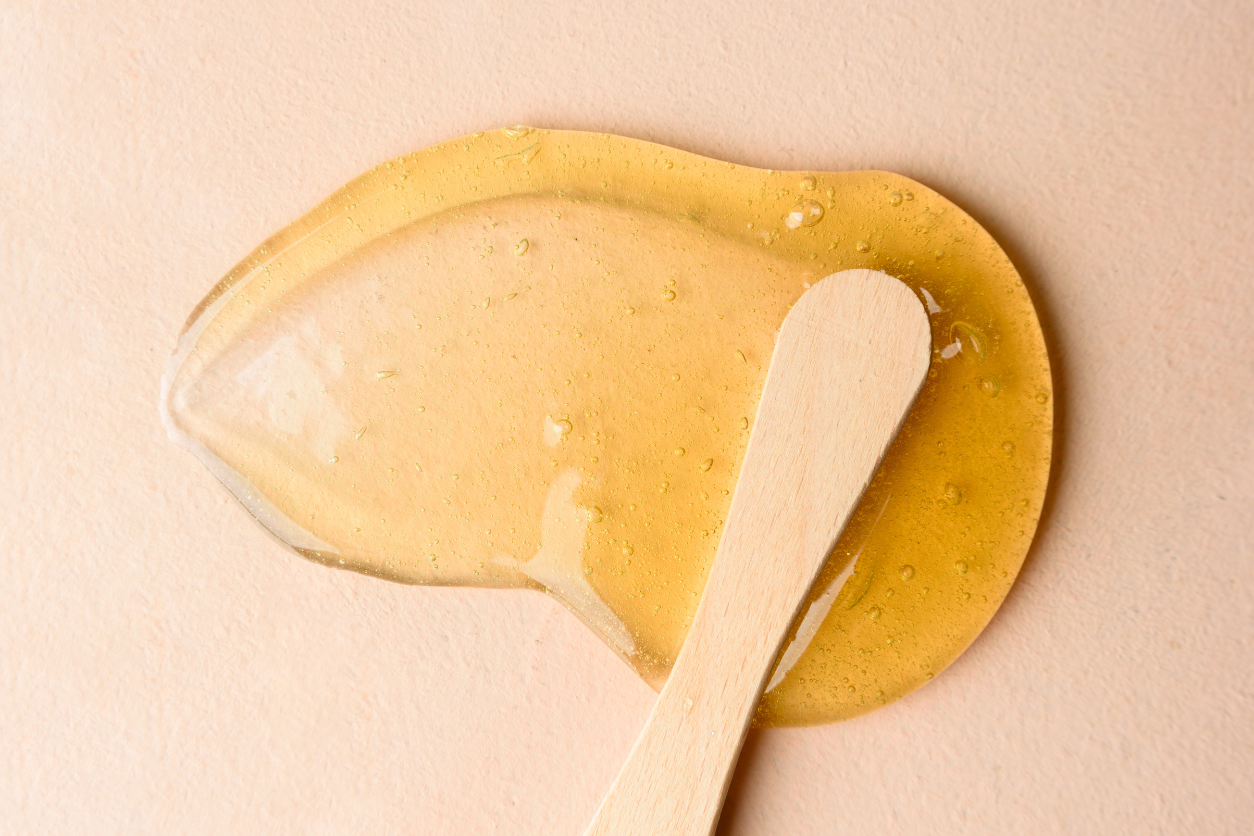We’ve all had those moments where we stare at ourselves in the mirror and wonder, is there a way to reduce how fast this hair grows back? Waxing has long been a go-to method for hair removal, but there’s a lot of confusion about how it actually works, especially when it comes to reducing hair growth. Some say waxing makes hair grow back thinner, while others claim it doesn’t make much of a difference. So, does waxing reduce hair growth for real? Well, it’s not exactly a straightforward yes or no. There are a lot of factors at play when it comes to how your hair grows back after waxing, and it’s all tied to the science behind hair growth cycles, the type of wax you use, and even your hair type.
If you’re new to waxing or just curious about what goes on beneath the surface (literally), we’re going to get into the details of hair growth, the best wax to use, and how waxing works differently depending on your hair type and ethnicity. It’s not just about pulling hair from the root—it’s about understanding how your body reacts to that process and how you can make the most out of each session.
The Hair Growth Cycle
Before we talk about waxing, let’s take a step back and look at the hair growth cycle itself. Our hair doesn’t grow in one continuous stream; instead, it goes through three distinct phases. Understanding these phases is crucial if you want to know why waxing works the way it does—and why it can (eventually) lead to finer, slower-growing hair.

Anagen Phase (The Growth Stage): This is when your hair is actively growing, and about 85-90% of your hair is in this phase at any given time. This phase can last anywhere from 2 to 7 years, and the longer it lasts, the longer your hair grows.
Catagen Phase (The Transition Stage): This is a short phase (about 2 weeks), where hair stops growing and detaches from its blood supply, essentially preparing to fall out.
Telogen Phase (The Resting Stage): This is when your hair is not growing but remains in the follicle. Eventually, it falls out, making room for new hair to grow in the anagen phase.
Waxing works best when your hair is in the anagen phase because it pulls the hair from the root, damaging the follicle slightly. Over time, and with consistent waxing, this can lead to finer regrowth and less dense hair overall. But it’s important to note that waxing doesn’t affect all the hair in a given area at once—your hair is in different phases, so results will vary.
Does Waxing Reduce Hair Growth?
Now, let’s get to the big question: does waxing stop hair growth? The short answer is, it can help reduce the thickness and density of hair over time. Waxing pulls hair out by the root, which weakens the follicle. When this happens repeatedly, the follicle may produce finer hair or, in some cases, stop producing hair altogether. However, this doesn’t happen overnight. You’ll need to stick with a regular waxing routine for several months to see significant changes in hair growth.
For some people, the results are more noticeable than others, and it largely depends on your hair type and growth patterns. If you have thick, coarse hair, it may take longer to see those long-term changes. But generally, waxing can reduce hair growth if you’re patient and consistent.
What Wax Should You Use?
The type of wax you use matters more than you might think. There are two main types of wax used for hair removal: hard wax and soft wax.

Hard Wax: This type of wax is applied in a thick layer and is removed without a strip. It’s great for sensitive areas like the bikini line, underarms, and face because it only adheres to the hair, not the skin. Hard wax is also good for people with coarse hair because it’s more effective at grabbing those thicker hairs.
Soft Wax: Soft wax is the more traditional method, where a thin layer of wax is applied, and a cloth strip is used to pull the wax off. This type of wax is better for larger areas like the legs and arms. While it’s not as gentle as hard wax, it’s great for covering more surface area in a shorter amount of time.
When choosing the right wax, consider your hair type and the area of your body you’re waxing. If you have thicker, coarser hair, you might find that hard wax gives you better results with less irritation.
How Long Does Hair Have to Be for Waxing?
One of the most common questions people ask is how long their hair needs to be for waxing. The general rule is that hair should be about ¼ inch long, or roughly the size of a grain of rice, for waxing to be effective. If your hair is too short, the wax won’t be able to grip it properly, leading to patchy results. On the flip side, if your hair is too long, it can make the process more painful and less effective.
If you’re switching from shaving to waxing, you’ll need to wait about two weeks after your last shave before waxing. This gives the hair enough time to grow to the ideal length. Regular waxers can typically wait four to six weeks between sessions, depending on their hair growth rate.
How Ethnicity Affects Hair Type
Your ethnicity can play a big role in how your hair grows and, in turn, how waxing affects you. For example, people of Asian descent often have thicker, straighter hair that grows quickly, while those with African ancestry may have curlier, coarser hair that grows more slowly. European hair types are often finer and may not require as frequent waxing.
The texture of your hair can also affect how easily it’s removed. Coarser hair is more stubborn and may require multiple passes with the wax, while finer hair can often be removed more easily. It’s important to know your hair type and choose the right type of wax and technique accordingly.
How to Wax Thick or Coarse Hair
Waxing thick or coarse hair can be a bit trickier than waxing finer hair. The key is to work in smaller sections and apply the wax in the direction of hair growth. Once the wax has set, pull it off quickly against the direction of growth to minimize pain and ensure you’re removing the hair from the root.
Using hard wax is often the best option for thicker hair, especially in sensitive areas like the bikini line or underarms. It grips the hair better and is less likely to irritate the skin compared to soft wax. After waxing, be sure to apply a soothing lotion or oil to reduce redness and irritation.
Dealing with Ingrown Hairs
Ingrown hairs are a common issue with waxing, especially for those with curly or coarse hair. These occur when hair grows back into the skin instead of out through the follicle, leading to bumps and sometimes even infections.
The best way to prevent ingrown hairs is through regular exfoliation. Gently exfoliating the skin a few times a week helps to remove dead skin cells and keep the follicles clear. Using a product with salicylic acid or tea tree oil can also help prevent and treat ingrown hairs.
It’s also important to avoid tight clothing immediately after waxing, as this can trap sweat and bacteria against the skin, increasing the likelihood of ingrown hairs. Let your skin breathe for at least 24 hours post-wax.
Does Waxing Reduce Hair Growth in the Long Term?
The more you wax, the less hair you’ll likely see over time. This is because regular waxing weakens the hair follicles, causing them to produce finer, sparser hair. For some, consistent waxing can eventually lead to permanent hair reduction, but this varies from person to person. While it’s unlikely that waxing will stop hair growth completely, it can significantly reduce the thickness and frequency of regrowth with time.
That said, consistency is key. If you skip waxing sessions or shave in between, you’ll lose some of the progress you’ve made toward reducing hair growth. Stick to a regular schedule, and you’ll likely notice a difference in the texture and density of your hair over time.
